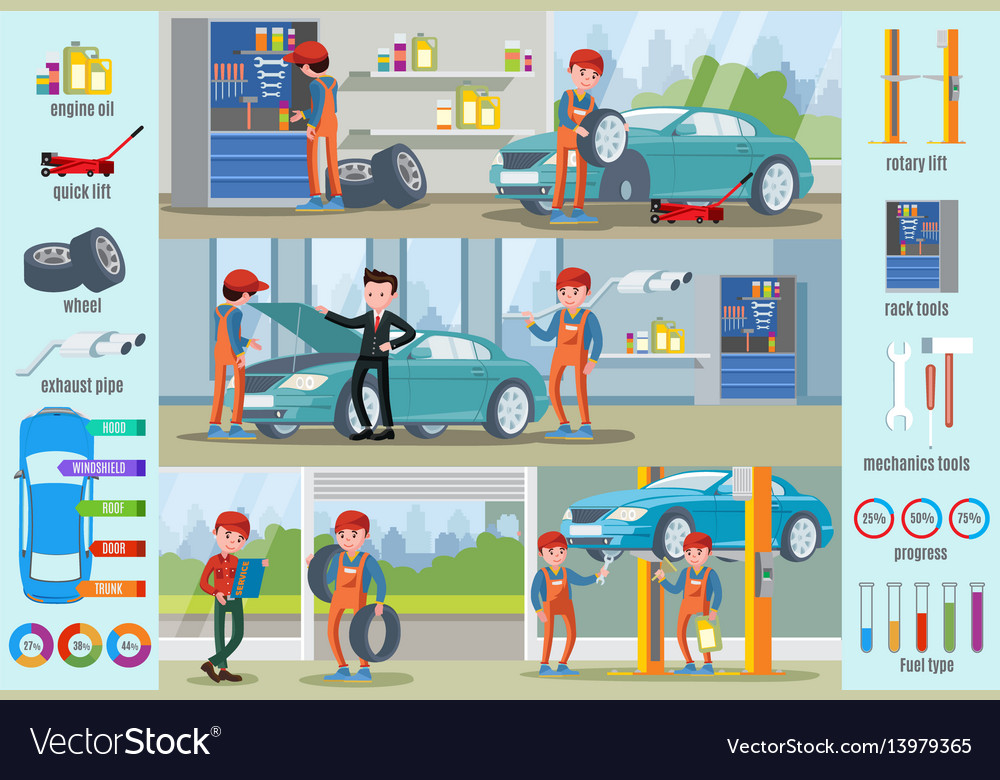Translating The Relevance Of Your Vehicle'S Caution Indicators
Translating The Relevance Of Your Vehicle'S Caution Indicators
Blog Article
Article By-Wilkinson Crawford
When you lag the wheel, those beautiful caution lights on your dashboard can be a bit bewildering. Do you recognize what they're attempting to tell you regarding your automobile's health and wellness? Comprehending the relevance of these lights is important for your safety and security and the long life of your lorry. So, the following time among those lights turns up, would not you wish to understand its message accurately and take the required steps to address it?
Common Warning Lights and Interpretations
Recognize common warning lights in your auto and recognize their definitions to make certain risk-free driving.
One of the most regular warning lights consist of the check engine light, which indicates issues with the engine or discharges system. If this light comes on, it's important to have your lorry examined promptly.
The oil pressure warning light shows reduced oil pressure, requiring immediate interest to prevent engine damage.
https://rylannhcwq.blogtov.com/8170883/interested-to-figure-out-what-sets-apart-a-credible-automobile-service-center-from-the-rest flashing battery light could recommend a damaged billing system, possibly leaving you stranded otherwise resolved.
The tire pressure tracking system (TPMS) light informs you to reduced tire stress, influencing car security and gas performance. Ignoring just click the following page could cause risky driving problems.
The ABS light shows an issue with the anti-lock stopping system, endangering your capability to quit promptly in emergency situations.
Finally, the coolant temperature alerting light warns of engine overheating, which can lead to serious damage if not fixed promptly.
Understanding these typical caution lights will aid you attend to concerns without delay and keep safe driving problems.
Relevance of Prompt Focus
Comprehending the usual warning lights in your vehicle is only the initial step; the significance of without delay resolving these cautions can not be emphasized sufficient to guarantee your safety and security when traveling.
When a caution light illuminates on your dashboard, it's your vehicle's means of communicating a potential issue that needs attention. Overlooking these cautions can bring about much more serious problems in the future, jeopardizing your safety and potentially costing you much more out of commission.
Prompt focus to alerting lights can avoid break downs and crashes. For example, a blinking check engine light might show a misfire that, if left neglected, can trigger damages to the catalytic converter. Addressing this immediately can save you from a costly repair.
In a similar way, a brake system alerting light might signify low brake fluid or used brake pads, crucial components for your safety and security when driving.
Do It Yourself Troubleshooting Tips
If you discover a warning light on your dashboard, there are a couple of DIY troubleshooting suggestions you can attempt before looking for specialist aid.
The first step is to consult your cars and truck's manual to recognize what the particular caution light suggests. In some cases the issue can be as easy as a loosened gas cap setting off the check engine light. Tightening the gas cap may solve the problem.
Another common issue is a reduced battery, which can trigger different advising lights. Checking the battery connections for corrosion and guaranteeing they're safe and secure could fix the problem.
If a caution light persists, you can attempt resetting it by separating the auto's battery for a few mins and afterwards reconnecting it. Additionally, inspecting your car's fluid degrees, such as oil, coolant, and brake fluid, can help repair alerting lights associated with these systems.
Final thought
In conclusion, comprehending your auto's warning lights is necessary for maintaining your automobile running smoothly and safely. By immediately resolving these informs and understanding what they suggest, you can prevent costly repair work and potential failures.
Remember to consult your auto's handbook for particular information on each cautioning light and take action as necessary to ensure a trouble-free driving experience.
Stay educated, remain safe when traveling!
